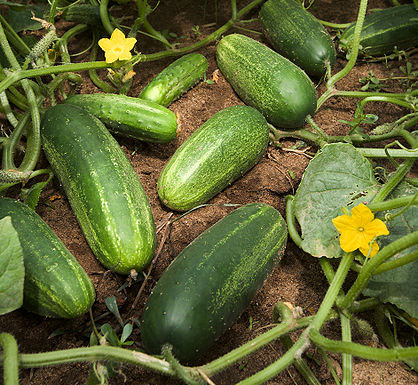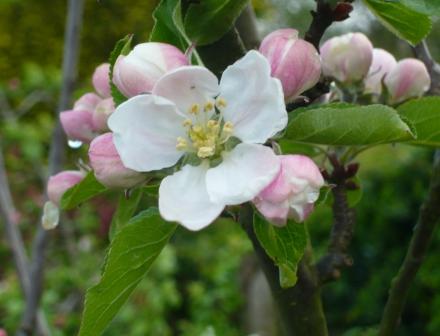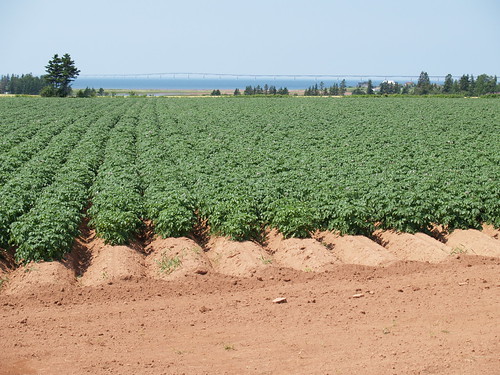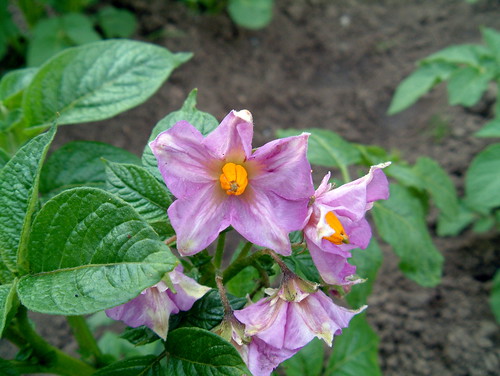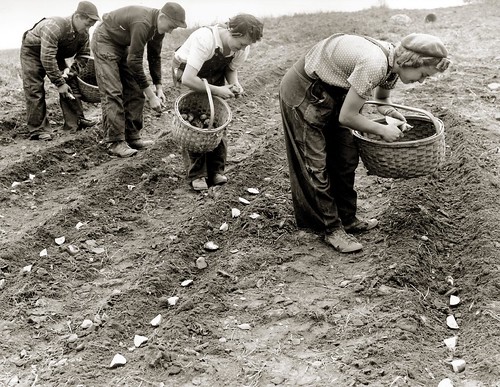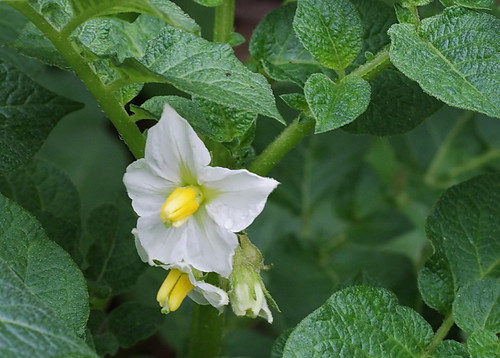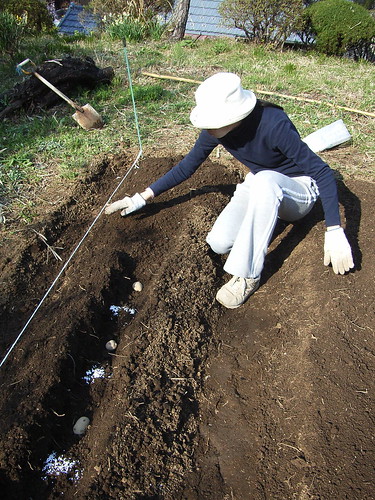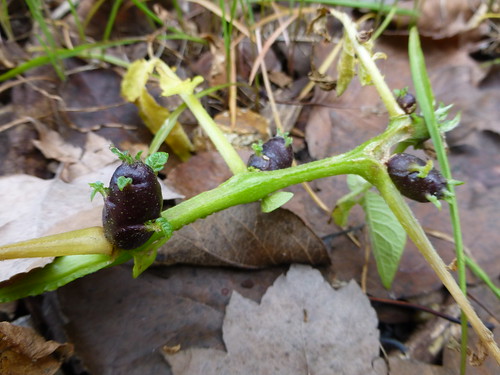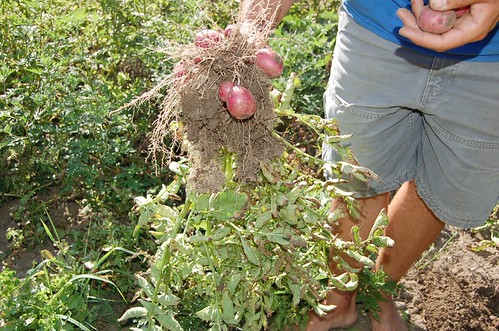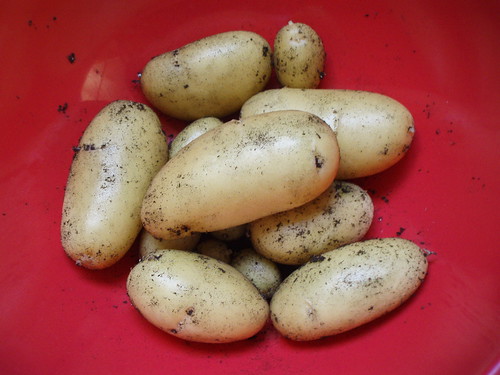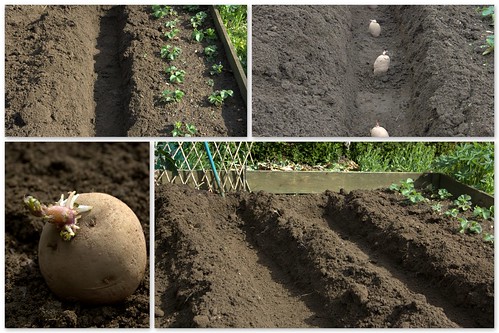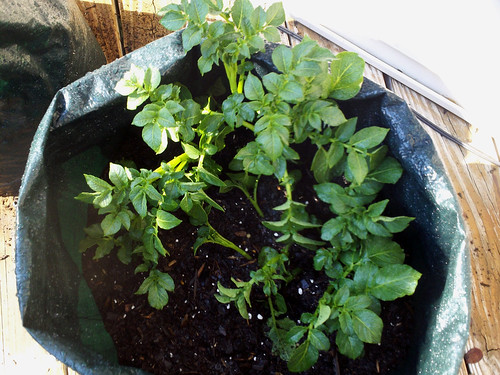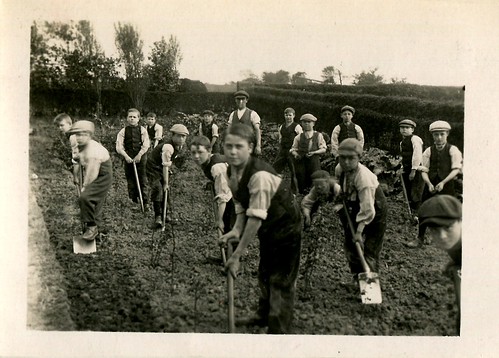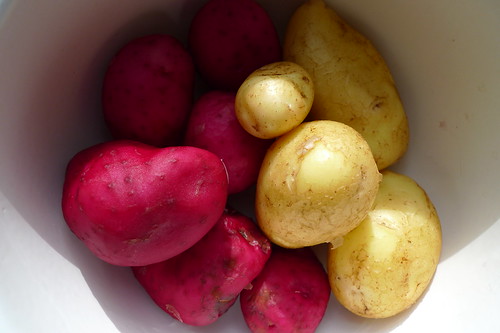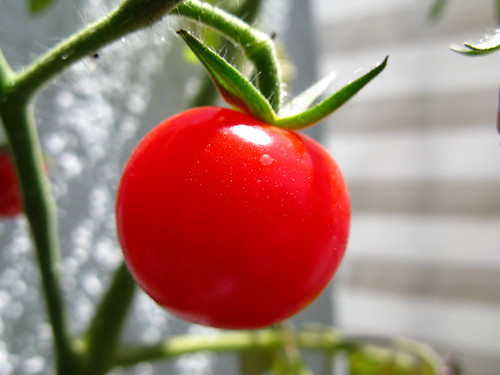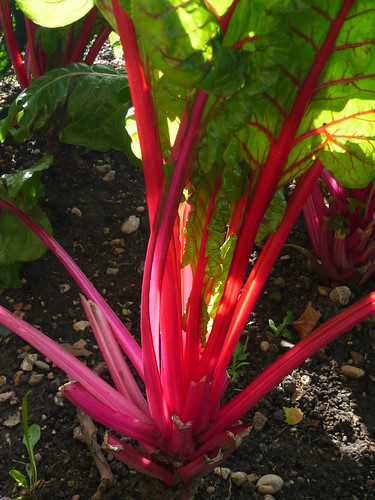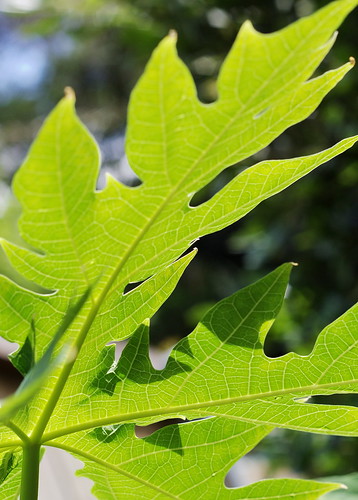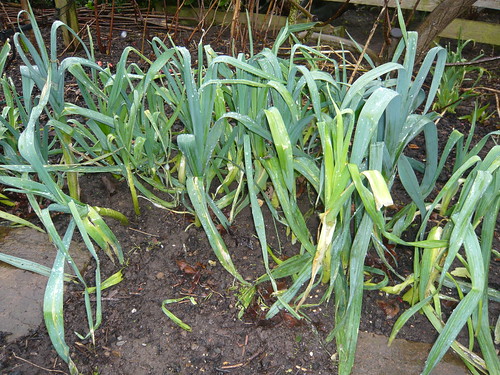Mesclun Gardeners Salad from Seed
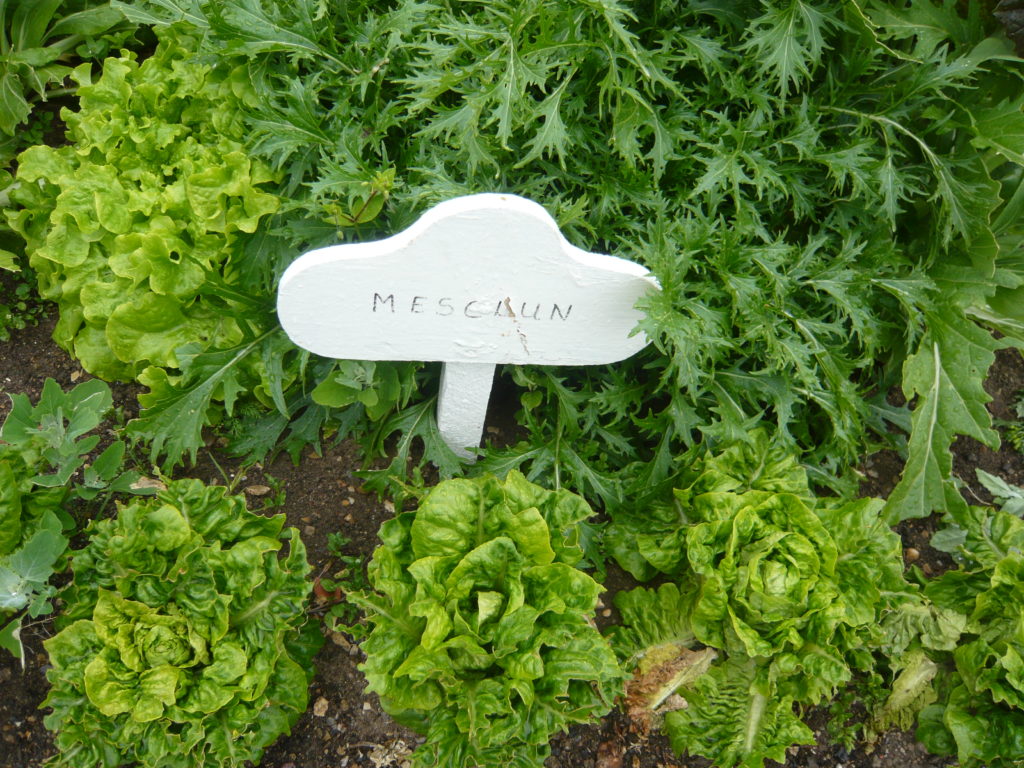
Mesclun is a name for a traditional melange of salad leaves. The name mesclun doesn’t feature in any of my gardening reference books before 1980 so old gardeners may not recognise the term.
Anything Goes Mixes
- Traditionally the mixture was a blend of wild and cultivated chicory, as well as lamb’s lettuce and young dandelion leaves.
- There are regional variations for mesclun, in Provence they use a blend of chervil, arugula, lettuce and endive.
- One particular American special ‘Salad Leaf Mesclun Mix is lettuce based on a colourful mix of Red Batavia, Green Batavia, Little Gem, Tango, Red Salad Bowl and Cerbiatta varieties.
- An Italian equivalent for mesclun is misticanza, Thompson & Morgan’s Misticanza D’Insalate contains: Lettuce Bionda a Foglia Liscia, Bionda a Foglia Riccia, Verde a Foglia Riccia, Meraviglia Delle 4 Stagioni and Biscia Rossa.. seeds
- A speedy UK mix to be sown all year indoors contains Salad Rocket Victoria, Greek Cress, Mizuna, Mustard Green & Red Frills, Pak Choi Canton White.
How to Grow Mesclun
- Seeds should be sown thinly outdoors in summer or in an unheated greenhouse during the autumn and winter months.
- Sow little and often to get continuity
- Germination is quick and you can start picking within as little as 28 days.
- Thining out is not necessary or plant out quite close together as leaves are for eating young and fresh.
- Leaves are tastiest at the baby stage start cutting when 2-3 inches high. Cut and come again in a few weeks.
- If the weather turns hot many varieties tend to bolt.
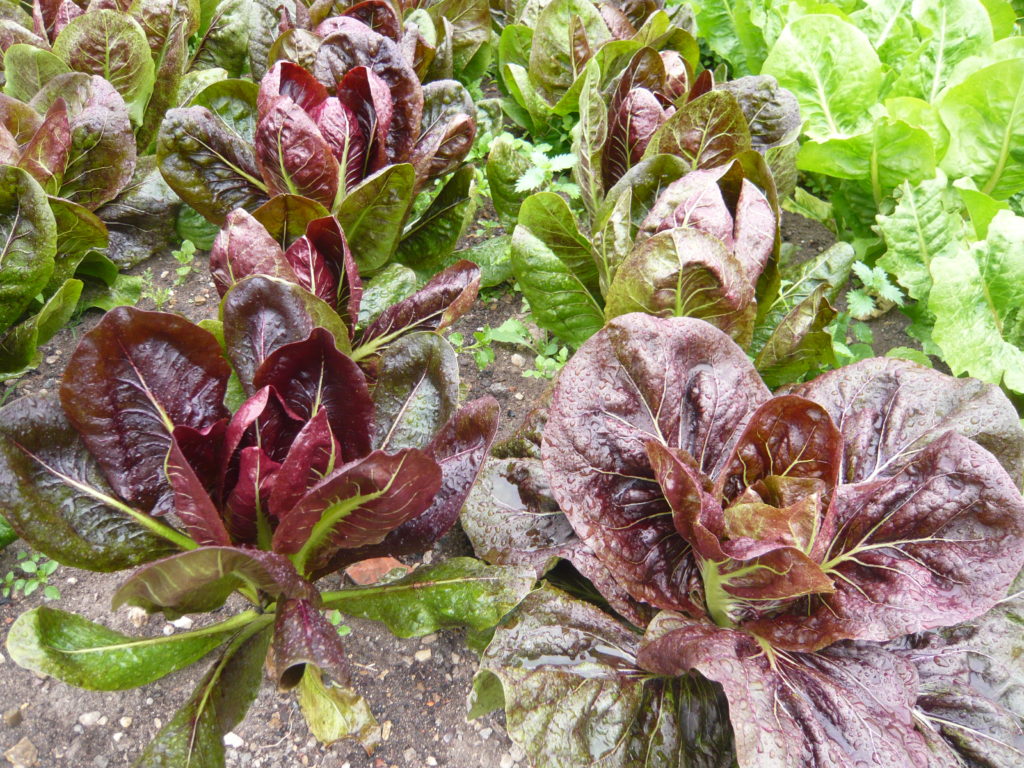
Some mixtures include more exotic greens, especially those quite popular in Asian cuisine. One particularly flavorful variety is called mizuma, a delicate-leaved sort that is popular in Japan. Another is the Asian tat-soi, which has rather sweet dark green leaves.

